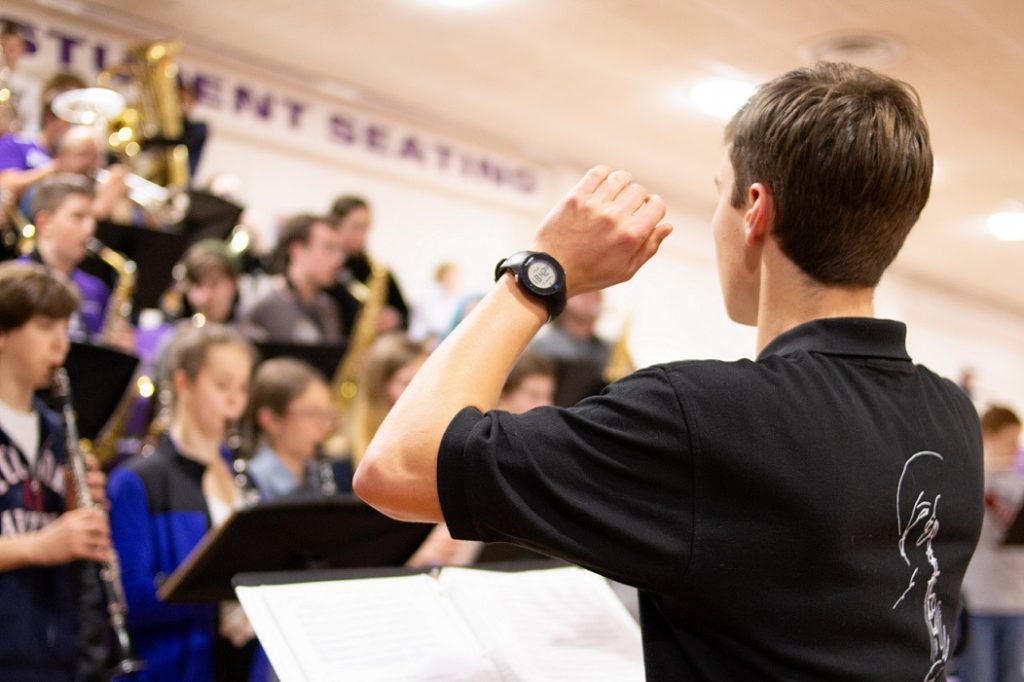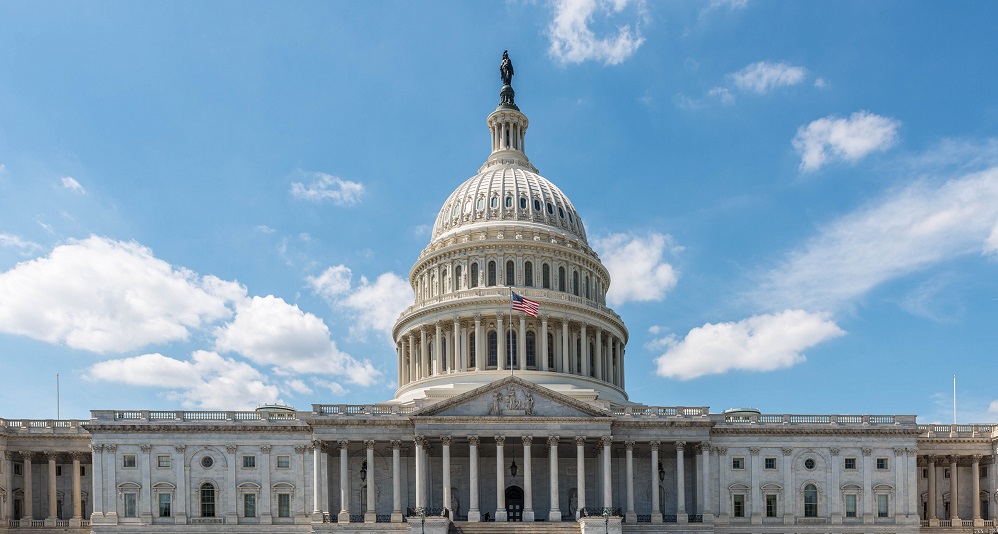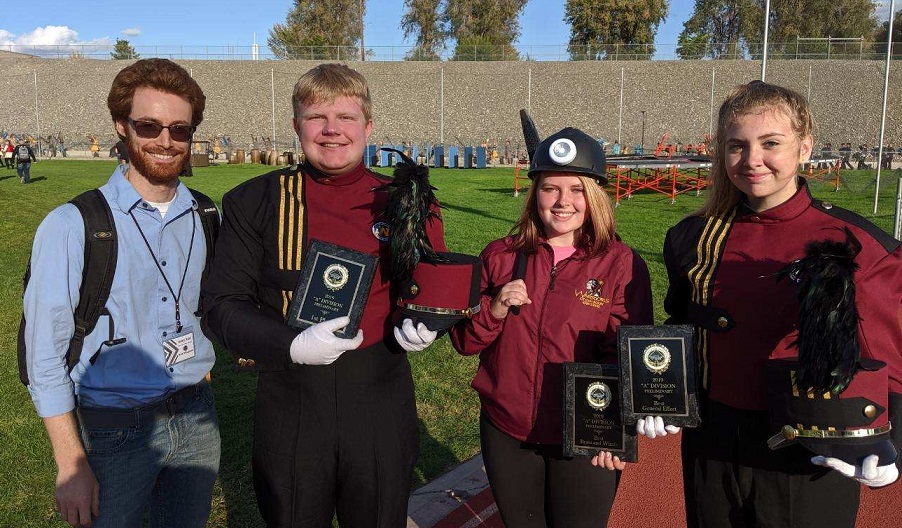Access Title IV-A Funds and Build a Stronger Music Program
Follow this guide to navigate the funding opportunities that are guaranteed through the Every Student Succeeds Act.
You have grand plans for your program, but money is tight. In 2015, music educators celebrated the passing of the Every Student Succeeds Act (ESSA), which calls for a “well-rounded education” that includes music and the arts.
ESSA included Title IV-A funds that school districts can apply to meet the mandates of the law. Allocation of these funds began in 2017.
How can you navigate through the red tape to access these Title IV-A funds? Where can you find information about ESSA and Title IV-A? What information is available that you can use when presenting your music program’s needs to school and district administrators? How can you become a music advocate?
What is Title IV-A?
Title IV-A (read the complete Title IV law here) is currently funded at $1.16 billion but was authorized at $1.6 billion each year. It is a formula grant program that provides funding for three broad categories:
- Well-Rounded Education: includes music, art, health education, physical education CTE (Career and Technical Education) and more.
- Safe and Healthy Schools: includes mental health services, violence prevention, safety initiatives and more.
- Technology: includes instructional support, professional development, personalized learning, digital devices and more.
Get a printable fact sheet from the Title IV-A Coalition here.
How can Title IV-A funding be used to help music programs?
As a music teacher, you can be a part of the process to bring these authorized dollars to your district and program.
There are many qualified needs that can apply to your school or district. Funding can be applied to many things, including:
- Teacher Professional Development such as clinics, in-service, workshops
- Adding or Expanding Music Courses such as guitar program, piano lab, etc.
- Supplies and Textbooks like sheet music, stands and accessories
- Musical Instruments such as strings, band, percussion, keyboards
- Technology Programs like music notation, audio editing, audio listening equipment
- Facilities Upgrades like acoustic panels, storage units
Here are some program need examples in the Guidance for Music Education from the National Association for Music Education (NAfME) and National Federation of State High School Associations (NFHS).
How does Title IV-A funding work?
The Title IV-A funding rules are divided into two tiers:
- If your allocation is below $30,000, you do not have do an assessment and can spend funds in any of the three categories listed above, but with a 15% cap on Technology.
- If your allocation is above $30,000, you will need to do a needs assessment. You must show that 20% of the funds will go to Well-Rounded Program needs, 20% to Safe and Healthy Schools and the remaining 60% can go to all three areas with at least some going to Technology.
The basic steps to access Title IV-A funding are:
- Start with a music needs assessment
- Meet with your fellow music teachers, principal, district coordinators and your state education coordinator. Find your state Title IV coordinator here.
- Keep going! Applying for funding is an annual and ongoing process. If you aren’t 100% successful at first, just keep trying. You can also continue to expand on your initial efforts.
In short, here is what the process looks like:
ESSA and Title IV Resources
NAfME has built helpful toolkits and resources:
Where can I see funding data?
How and where has ESSA been implemented and how has funding been applied?
The National Arts Education Data Project is collecting and visualizing interactive arts data funding for many states. The project plans to complete all states’ arts education data by 2022.
Use this data to help support the needs of your music program when you talk to leadership at your school, district and state.
Read Music Achievement Council Educational Advisor Marcia Neel’s advice on how best to use stats at SBO Magazine.
How can I become more active as an advocate?
What does being a music education advocate entail? Here are a couple of stories of advocacy at the state and federal levels.
You can also join the Coalition on Coalitions through the NAMM Foundation. Also check out the NAfME Grassroots Action Center and the Title IV Coalition.
Yamaha is an active advocate for music education, and we want to empower music educators to strengthen their programs in any way we can. Please register for the Yamaha Educator newsletter to read up on advocacy, professional development, information about instruments, resources, partnerships in education and more. Join the Yamaha Music Educator Community on Facebook or email us at educators@yamaha.com.
















